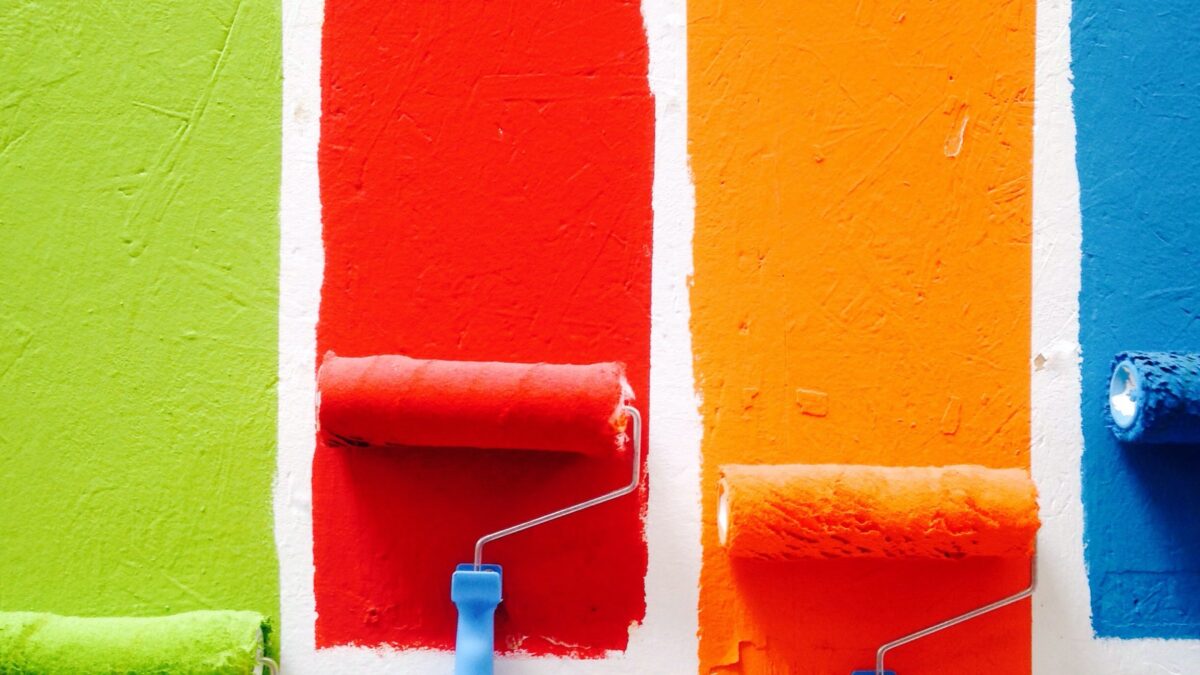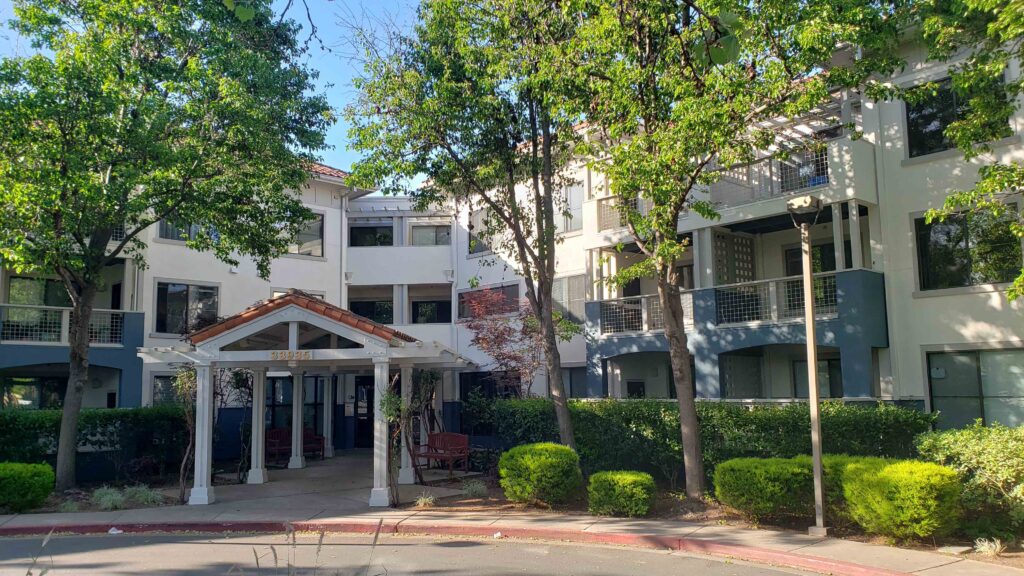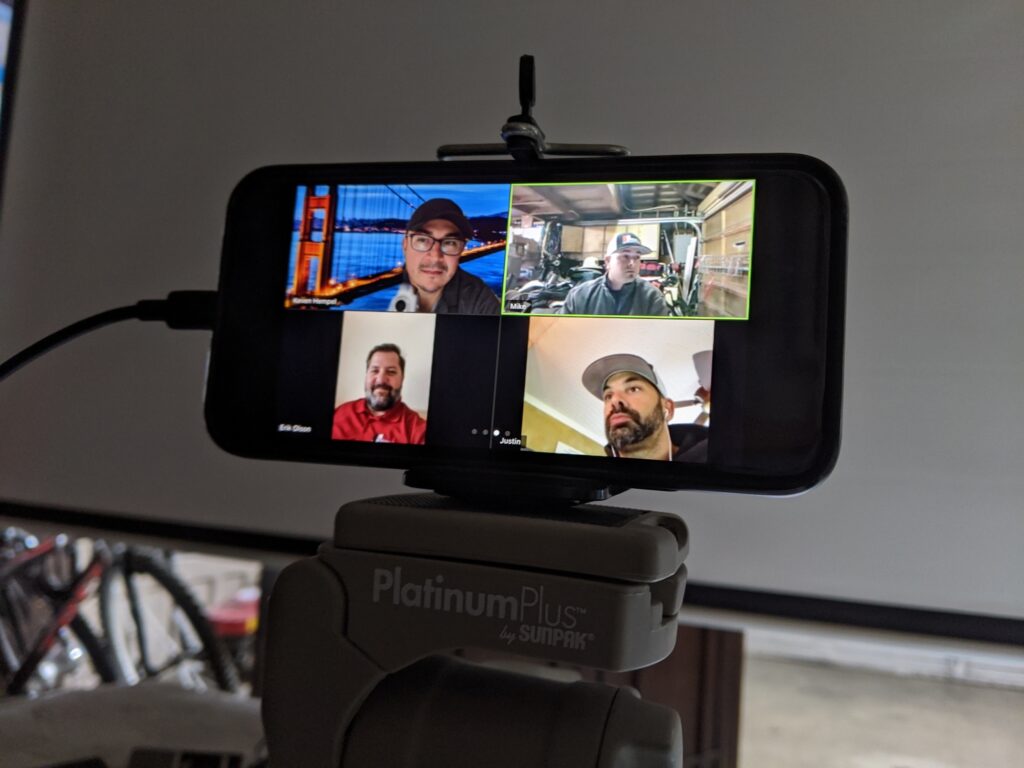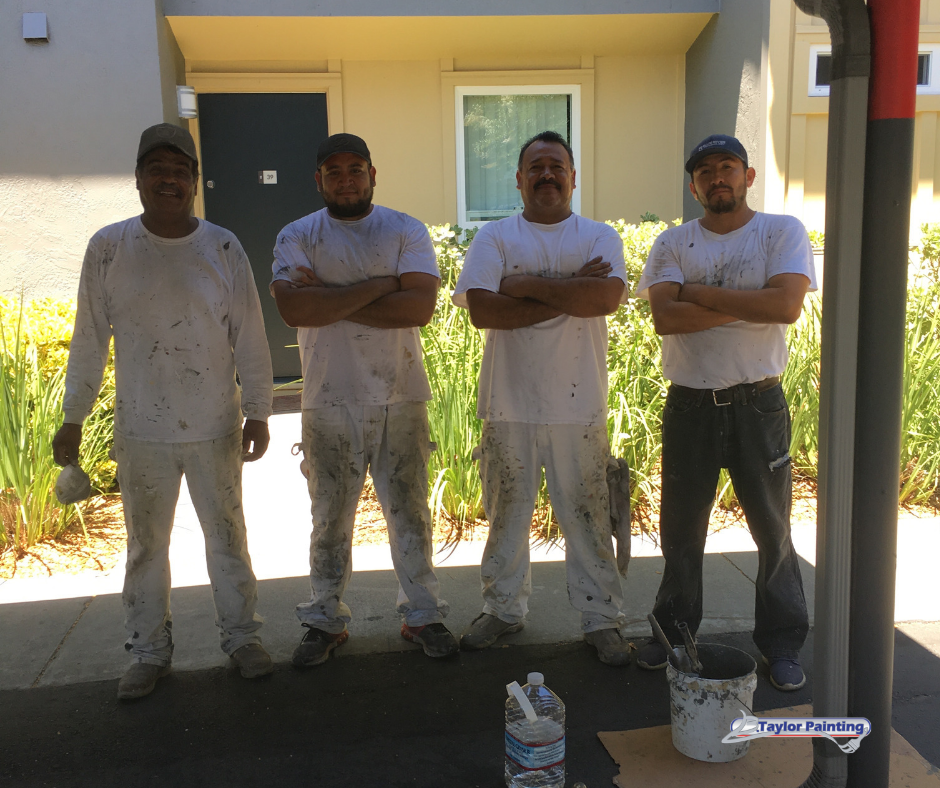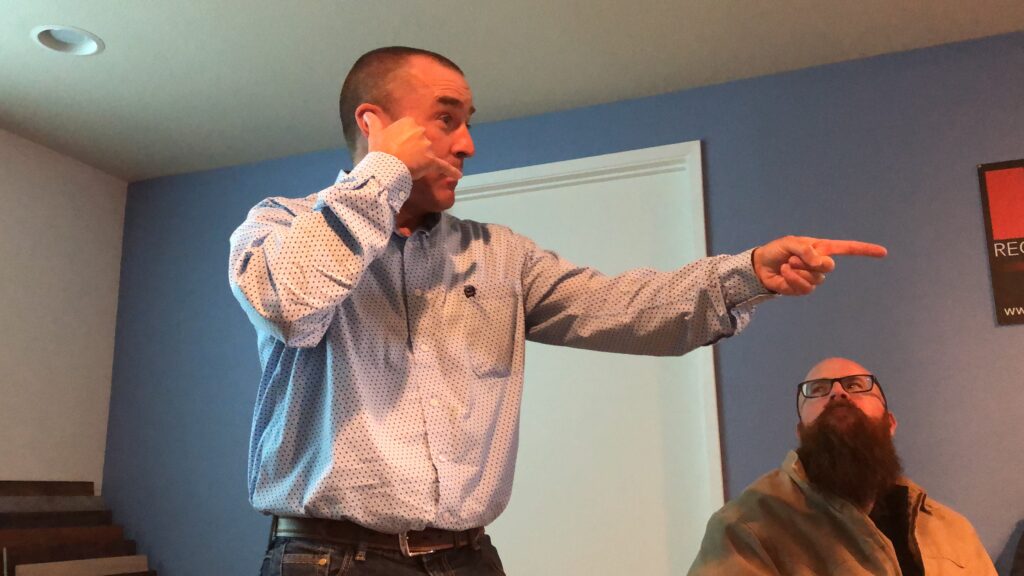Written By Ashley Kenny
Gilroy, California, is known as the garlic capital of the world. With enough production to warrant a July festival in honor of the “the stinking rose,” there’s plenty of processing facilities to keep contractors busy.
In November 2018, B. Taylor Painting was working at a Gilroy processing plant and seeking alternative methods of surface preparation. Mechanical removal would do more than protect employees from going home smelling like a greek food truck – it would change the game for the service of B. Taylor Painting.
“This project actually entailed doing light gauge steel, sheet metal covers on equipment and where the belting and belt system move, there’s a lot of intricate pieces,” said Brian Taylor, President of B. Taylor Painting. “One of the benefits of a media blaster would be that it allows the metal to stay cool enough to where you don’t have it warp.”
Taylor connected with Don Gonneville of Gonneville Inc., a West Coast Graco EcoQuip blaster distributor. With more than 20 years of experience in the business, Gonneville showed up to the jobsite ready to demo the EcoQuip P model.
“We blasted in a real time environment and they actually bought it on spot and they’ve used it ever since,” Gonneville said. “Brian told me that on the first job they did, it paid for itself.”
This is no everyday sand blaster nor an average water blaster – it’s actually the lovechild of the two.
“Our unit has a blast pot into which you put water and abrasives together,” Gonneville explained. “Our system is pressurized with water. In other words, as the user blasts with the system, the water and abrasive that is ejected from the pot process is replaced by water being pumped back into the pot to maintain pressure in that pot.”
As for specifications, the EcoQuip’s blast pot is two cubic feet and can run on a 185 cfm compressor. But you can also attach a 400 cfm compressor to achieve even more production, Gonneville said.
From an engineering perspective, this blaster gets big points. Traditional blasting pots are compressed with air as they expel abrasives out. An empty pot means nothing but air.
“It has an uneven blast because as the air compresses and expands, compresses and expands, it changes the velocity of the abrasives being ejected from the system,” Gonneville said. “Water, on the other hand, since it cannot be compressed, will have a consistent pressure throughout, where the blast is very steady. So we use less abrasive and it provides a more consistent blast.”
The most significant improvement made by Graco since purchasing the EcoQuip line eight years ago is the design of the pot’s overhead dome, Gonneville said.
“The old design, rather than being convex, was concave on top and it trapped air around the rim on the inside,” he said. “When you went to pressurize the pot, you had to wait until the air was expelled before the pot would start pressurizing, which wasted some time. With the system we now have, since there’s no air trapped in that pot, as soon as we start introducing more water into the pot to pressurize, it pressurizes almost immediately.”
Time is money
Quick pot pressurization isn’t the only thing that will get your budgets excited.
“The No. 1 cost is labor,” Taylor said. “Anytime we can introduce a mechanical form of removal, it’s going to bring that cost down. In our experience using this, for a year and a half now, we’ve found that this media blaster brings that labor down the most.”
Just how much does it save time on surface preparation? Pedro Cazares, B. Taylor Painting general manager, talked about a project in Marina, California, where his team was doing surface prep for ten housing units, two stories each. The metal railings sit close to the ocean, meaning the salt water in the air oxidizes the metal and in less than six years they needed a makeover. On that project alone, the use of the EcoQuip blaster saved more than 300 hours of labor, Cazares said.
Taylor said that kind of cost-cutting may not happen on your first job, but it’s worth it.
“The first time you go out and use this stuff, you’re not going to go cut your labor bill in half, because you’re still learning how the equipment works,” Taylor said. “But over time, you train your employees on how to use it and people get familiar with what it’s capable of, what situations it’s effective and what situations it’s just not. If we can get the equipment in there, this new blasting system is by far the quickest, most-efficient way to do it as far as labor is involved.”
Safety second to none
Proper training is less for the sake of your pocketbook and more for the safety of the operator. Contractors in every trade constantly seek ways to protect their people and maintain or exceed OSHA standards – and dry blasting rivals twelve-packs-a-day when it comes to lung health.
“It creates an awful lot of dust,” Gonneville said. “That’s one of the reasons why vapor abrasive blasting is gaining a lot of popularity. Because it reduces the amount of dust airborne particulates by almost 95 percent.”
An impressive number, but that doesn’t mean you go commando. In case you haven’t made dry blasting your favorite summer time activity recently, here’s your reminder that California heat and full body PPE aren’t exactly the best match.
“When it’s hot, the operators like our system a lot more because they don’t have to wear as much protective gear,” Gonneville said. “They do have to maintain breathing protection, eye and ear protection. That’s pretty simple.”
This system keeps your general managers smiling, operators safe and accountants as happy as they get. The EcoQuip’s ability to please doesn’t stop there.
Anyone in charge of paperwork shuffling will be happy to hear this also saves on your printer ink, at least in California, Gonneville said.
“In California, if your ratio of water to abrasive is at a certain level, the blast pot does not have to be permitted by the air quality management district or the air and resources board in Sacramento,” he explained. “A dry blast pot over a certain size has to be permitted and the user of that pot has to keep track of how much abrasive is being used. Our system does not have to be permitted. That’s one big advantage of the mix between water and abrasive.”
Cleanliness is next to godliness
Gonneville, Cazares and Taylor all agree – the EcoQuip blasts the competition when it comes to executing a clean job.
Cazares explained how B. Taylor’s team uses two layers of plastic around the blast areas to catch all of the broken glass used as an abrasive. This media is the most economic choice for B. Taylor Painting and 100 percent reusable, he said.
The president of the painting company agrees, going into more detail.
“We can actually funnel all that debris to an area where we can filter the water back out and contain all those particulates,” Taylor said. “Then sweep it up later or actually drain it into a bucket if you’ve created the proper funnel system, you can drain all of it.”
Environmental Benefits
This cleanliness translates into environmental stewardship as well, Gonneville said.
“It makes it a lot easier to measure how much abrasive you’re actually using in the process,” he added. “This means that our system uses a lot less abrasive because it can be metered or adjusted a lot easier than an air-compressed system.”
Gonneville said B. Taylor Painting is a “professional in surface preparation” – in part because they use the best equipment available in a way that is environmentally sound and friendly.
“Obviously, it often comes down to money,” Gonneville said. “But customers also need to consider how clean the job is going to be, how well it is going to be done. Of course, the result is very much a function of the equipment that’s being used.”
Workmanship
As general manager, Cazares’ chief concern is that of service quality. In the case of surface preparation, this means achieving a perfect profile.
“Grinding it or machining it by hand will leave a really smooth profile and will leave the metal really polished,” Cazares said. “When you apply coating to a really polished hard substrate, it does not stick. What we’re trying to achieve is dimpling in the metal that allows the primer and the coatings to adhere properly. In this case, with the team and system that we’re using, we’re aiming for at least a 2 mil. profile.”
The crew at B. Taylor Painting uses broken glass on metal, but there’s many options to send through the EcoQuip, Gonneville said.
“We use garnet on steel because it cuts very well,” he explained. “It’s denser, harder and it removes the coating quickly.”
Workmanship doesn’t pivot around the abrasive. It comes down to the user and the equipment. In the case of the EcoQuip, the machine is customizable depending on the project’s needs.
“We can blast anywhere from 40 PSI to 130 to 135 PSI,” Gonneville said. “Depending on the job we’re doing, for example, if someone is blasting wood, which is a lot more delicate, obviously than steel, they want to blast at a lower pressure so they don’t damage the wood. With steel on the other hand, you want to blast at a higher pressure because not only will they do the job faster, but also, it creates that profile.”
Doing the job
Whether it’s sandpaper or the latest model of a vapor abrasive blaster, tradesmen have always optimized their resources to get the job done. However, what sets a tradesman apart – a company apart – is how they use the tools they pick up.
“The biggest thing is that it allows us to differentiate ourselves from our competitors and allows us to give peace of mind to our clients using this machine on the metal,” Cazares said. “The prep that we’re doing on the metal is going to hold up longer.”
Taylor chooses to work with people like Gonneville and companies like Graco because of the service they provide – which is why his clients, in turn, choose to work with B. Taylor Painting.
“We’re tradesmen, brought up in the trades,” he said. “Our company was founded on the principles of doing the job, you know, painting and providing service in the painting industry. But when we talk about getting a job done as efficiently as possible, it comes through experience and it comes through the fact that we’re rooted in the trades.”


